
Cabrera is an island in the Balearic Islands, Spain, located in the Mediterranean Sea off the southern coast of Majorca. It is a National Park. The highest point is Na Picamosques.

The Spanish Revolution was a workers' social revolution that began at the outbreak of the Spanish Civil War in 1936 and for two to three years resulted in the widespread implementation of anarchist and, more broadly, libertarian socialist organizational principles throughout various portions of the country, primarily Catalonia, Aragon, Andalusia, and parts of the Valencian Community. Much of the economy of Spain was put under worker control; in anarchist strongholds like Catalonia, the figure was as high as 75%. Factories were run through worker committees, and agrarian areas became collectivized and run as libertarian socialist communes. Many small businesses, such as hotels, barber shops, and restaurants, were also collectivized and managed by their workers.
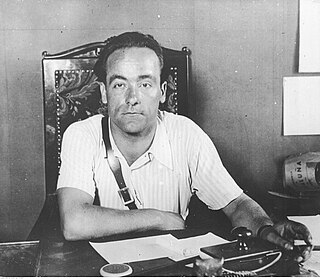
Joan Garcia i Oliver (1901–1980) was a Catalan anarcho-syndicalist revolutionary and Minister of Justice of the Second Spanish Republic. He was a leading figure of anarchism in Spain.

Josep Lluis Facerias (1920–1957) was a Spanish insurrectionary anarchist. He was born in Barcelona, Catalonia, Spain, on 6 January 1920. He was nicknamed 'Face'. When the military revolt took place in July 1936, Facerias was already affiliated to the National Confederation of Labour (CNT) and to the Libertarian Youth. He fought on the Aragon front throughout the war in the Ascaso Column and in other units. In the last battles in Catalonia he was taken prisoner and Facerias was in various concentration camps and work gangs. When he was released at the end of 1945 he joined, in Barcelona, the industrial network of the Graphic Arts of the clandestine CNT although in fact he was working as a waiter.

Josep Samitier Vilalta, also known as José Samitier, was a Spanish football player, manager and scout who played as a midfielder for FC Barcelona, Real Madrid, OGC Nice, the Catalan XI, and Spain. He later coached Atlético Madrid, Nice and Barcelona and worked as a scout for both Barcelona and Real Madrid.
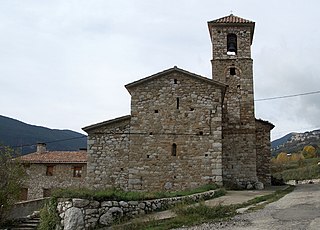
Fígols is a municipality in the comarca of the Berguedà in Catalonia, Spain. It is situated to the north of Cercs, in the mountains above the Llobregat valley. Deposits of lignite are extracted commercially.

The Battle of Majorca, also known as the Majorca Landings, was an amphibious landing of Republican forces early in the Spanish Civil War aimed at driving the Nationalists from Majorca and reclaiming the island for the Republic. After some initial tactical success, the expedition, commanded by Captain Alberto Bayo, ended in failure when the Nationalists counterattacked with ground troops and massively superior air power and drove the Republicans into the sea. So confident were the Republicans in their prediction of victory they optimistically called the operation "la reconquista de Mallorca" - "the reconquest of Majorca".

Solidaridad Obrera was a labor federation in Catalonia, Spain. It was initially formed on August 3, 1907, as a "pure syndicalist" federation, incorporating the structures of the Unió Local de Societats Obreres de Barcelona with the purpose of reorganizing the Catalan trade unions. These unions were quite weak at the time, due to the failure of a 1902 general strike which had sought the eight-hour day and the recognition of the right to strike.

Joan Peiró i Belis was a Catalan anarchist activist, writer, editor of the anarchist newspaper Solidaridad Obrera, two-time Secretary General of the Confederación Nacional del Trabajo and Minister of Industry of the Spanish government during the Spanish Civil War.
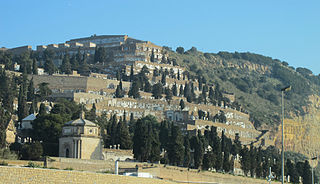
Montjuïc Cemetery, known in Catalan as Cementiri del Sud-oest or Cementiri de Montjuïc, is located on one of the rocky slopes of Montjuïc hill in Barcelona.
Puig is a word of Catalan origin, meaning "hill". Hence, in Catalan-speaking areas, it appears in the names of numerous people and geographical features:

The July 1936 military uprising in Barcelona was a military uprising in Barcelona, the capital and largest city of Catalonia, Spain on 19 July 1936 which contributed to the start of the Spanish Civil War. Most of the Spanish Army officers in the city supported the coup, but the Civil Guard, the Assault Guard and the Mossos d'Esquadra remained loyal to the Republican government. Furthermore, Barcelona was one of the strongholds of the anarchist union, the Confederación Nacional del Trabajo (CNT). The rebel troops were defeated after one day of bloody combat.
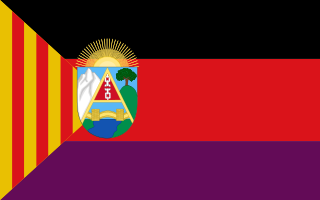
The Regional Defence Council of Aragon, was an administrative entity created by the Confederación Nacional del Trabajo (CNT) in the context of the Spanish Revolution, during the Spanish Civil War. Until its dissolution, the CRDA controlled and administered the eastern half of Aragon. Its economy was based on the communities, the productive engine of the region, as well as the exchange between them and other regions. The price of goods was controlled and inflation was avoided.
The People's Army of Catalonia was an army created by the Generalitat of Catalonia on December 6, 1936, during the Spanish Civil War. Its existence was more theoretical than real, because the original structure of the popular militias continued to exist despite the efforts of the Generalitat. After the May Days it was dissolved and its structure assumed by the Spanish Republican Army, which definitively militarized the militias of Catalonia and Aragon.
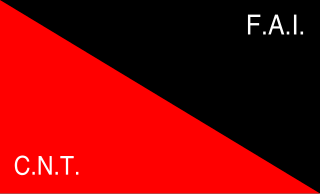
The confederal militias were a movement of people's militia organized during the Spanish civil war by the dominant organizations of anarchism in Spain: the National Confederation of Labor (CNT) and the Iberian Anarchist Federation (FAI).
The Land and Freedom Column was a militia column organized by the CNT-FAI from the regions of Berguedà and Bages as well as from Barcelona. The column was sent to the Central front in mid-September 1936 to reinforce the republican line against a nationalist force. It had around 1,500 militiamen in its beginnings. The column integrated into the Rosal Column and later fought on the Serra de Montsant front. After the militarization that occurred in the spring of 1937, the column became the 153rd Mixed Brigade.

The Central Committee of Antifascist Militias of Catalonia was an administrative body created on July 21, 1936 by the president of the Government of Catalonia, Lluís Companys, under pressure by the anarcho-syndicalists of the National Confederation of Labor (CNT) and Iberian Anarchist Federation (FAI), which led the workers' struggle against the July 1936 military uprising in Barcelona.
The Brigade of Death was a unit of the confederal militias that acted at the beginning of the Spanish Civil War in the republican rear. Officially it was the investigation brigade of the South Ebro Column, a column of anarchist militiamen that Antonio Ortiz had led from Barcelona. Its leader was Pascual Fresquet and it was made up of some forty militiamen linked to the Barcelona Federación Anarquista Ibérica (FAI).
The Defense Council was a ministry created by the Generalitat de Catalunya on August 2, 1936, and that existed during the first years of the Spanish Civil War to take charge of military matters in Catalonia, despite the fact that defense powers were exclusive to the government of the Republic.
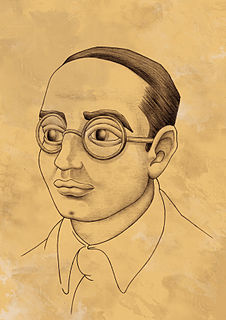
Josep Dencàs i Puigdollers was a Catalan nationalist politician active in the Republican Left of Catalonia.














